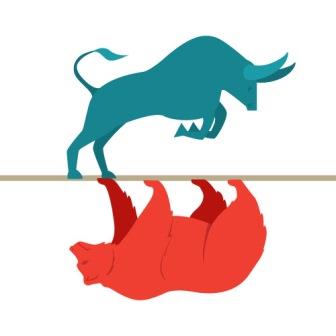
Lately, two important data sets were released: Index of Industrial Production (IIP) data for November and inflation data for December. On a positive note, IIP registered a growth rate of 1.8 percent, after three months of contraction. Based on the classification of economic activity, Mining and Quarrying, and Manufacturing registered a YoY growth rate of 1.72 percent and 2.68 percent respectively. Electricity registered a negative growth rate of 5.02 percent for the same period. However, it is too early to consider the improvement in IIP as a signal of economic revival. Though primary goods, capital goods, construction goods, and consumer-non-durables, have registered improvement, they are still in the negative growth zones.
However, the euphoria surrounding the IIP data settled down when the inflation data for December was released. The inflation rate as measured by the Consumer Price Index (CPI) for December stands at 7.35 percent. The major contributor for the high inflation rate is food and beverages. Food inflation stands at 12.16 percent. Within food and beverages, the vegetable is the major contributor with a YoY growth rate of 60 percent (‘Onion effect’). Other major components such as cereals, pulses, eggs, fish and meat are also showing an upward trend.
However, core inflation has shown only a marginal improvement from 3.5 percent in November to 3.7 percent in December. It is expected that the inflation rate for January would be at a much elevated level with an unfavourable base effect. The inflation rate in January 2019 was at 1.97 percent, and the food inflation rate at -2.24 percent. Similarly, an improvement in core inflation is also expected in January with the possible impact of tariff hikes by the telecom operators and fare revision in the railways.
In the current scenario, it looks like the RBI will extend its pause in the rate cut. With the Central Bank following an inflation-targeting regime, and with the inflation rate crossing the upper band of 6 percent, RBI will be forced to strike the pause button again in February. Considering the economic slowdown, RBI will continue with its ‘accommodative stance’. The Central Bank will also keep a close watch on the fiscal deficit figures, as a higher deficit spending could bring in inflationary pressure on the economy. It needs to stress that the fears of higher fiscal deficit could also reverse the trend in the bond market. RBI resorted to ‘Operation Twist’ by purchasing long-term bonds and selling the short-term bond to lower long-term bond yield. However, the widening of the fiscal deficit would push up the long-term bond yields upwards.










